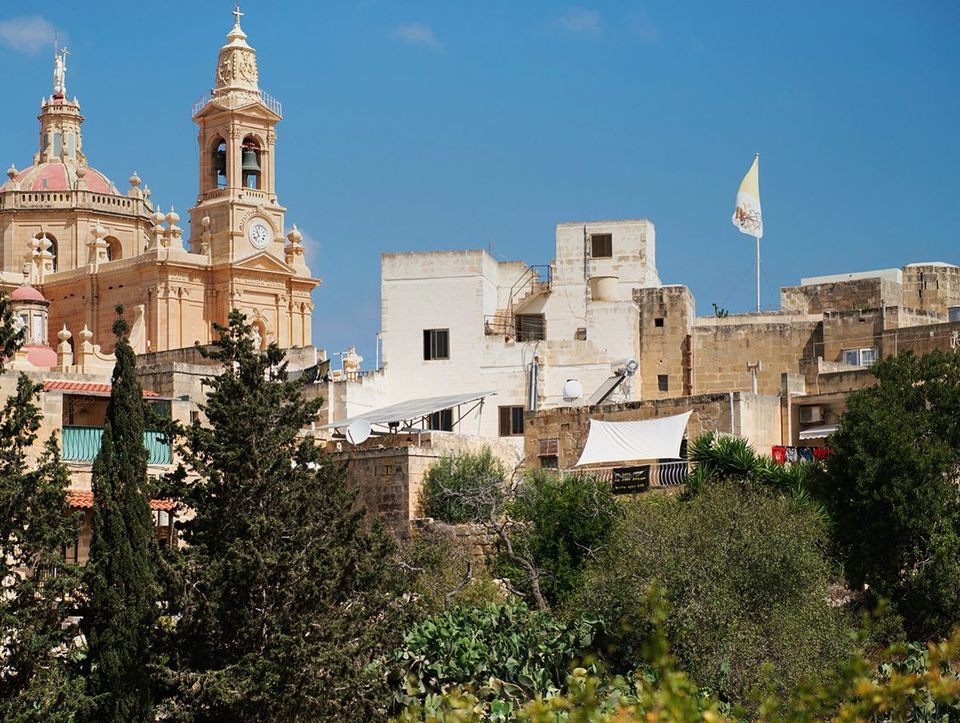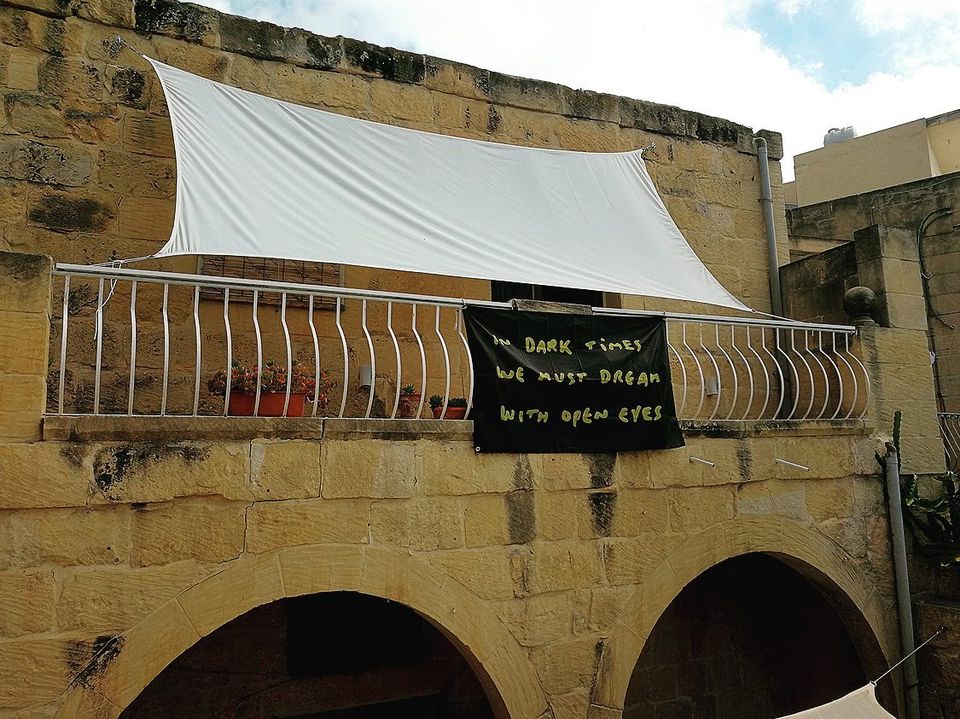Our friend Heba Y. Amin launched her book ‘The General’s Stork’, accompanying her Solo Show ‘When I see the future, I close my eyes‘.
Eva Eicker writes about the show: In her first UK solo show, Egyptian artist Heba Y. Amin presents ongoing projects combining various media such as video, appropriated archival photographs, performance and real footage. The title When I see the future, I close my eyes lends itself from the song ‘Excellent Birds’ (by Peter Gabriel and Laurie Anderson) for Nam June Paik’s reflection of digital media Good morning, Mr Orwell (1984). In her research-based practise, Amin is tackling the history of the technological influence on politics and the construction of territorial power with a focus on the Egyptian Revolution of 2011. This work could not be more relevant than during these times of global political threats.Inspired by the news in 2013 when Egyptian authorities detained a migratory stork for espionage because of an electronic device fitted to its body – Amin combines colonial narratives with the records of modern technology. In the video work As Birds Flying (2016), she depicts savannahs and wetlands, including settlements in Galilea (Northern Israel), which were captured in found drone footage. The audio presents dialogues from Egyptian actor Adel Imam’s film Birds of Darkness and discusses political tension, censorship, democracy and surveillance, such as “The government wants credibility, but no one trusts them.” Opposite this work, the artist presents wallpaper composed of appropriated archival aerial shots of Palestine and its history over time, again mimicking the (spying) bird’s perspective. The General’s Stork (2016-ongoing) shows a stork’s life and its famous owner Lord Edmund Allenby in Cairo, the British High Commissioner for Egypt and the Sudan from 1919 to 1925. In the photographs the artist appropriates the bird’s colour: flipping from b/w to colour. The work immediately gains a manipulated artificiality, intensified by the stork’s tall, out-of-proportion (but factual) appearance. Here she mashes up reality and appropriation, culminating in a speculative yet satirical approach. “What does it read like in a different context? I wanted to erase and dominate the narrative”, Amin remarked when we met.This ties over to her second project, Operation Sunken Sea (2018-ongoing); installed as a long table with flat lightboxes in a dimly lit space, the work evokes a governmental feel to it. At one end of the room is a b/w portrait of the artist – powerful, tall, a quasi-persona of a dictator. Opposite on the rear wall is a video projection of Amin’s speech recorded in Malta 2018 in front of a live audience. Stitching together quotes from famous dictators ranging from Italian Fascist leader Benito Mussolini to Former Premier of the Soviet Union Nikita Khrushchev – the artist is mimicking dictators and proposes a solution to the so-called migration crisis by relocating the Mediterranean Sea within the continent of Africa. Occasional and affirmative sounding (if not very staged) cheering interrupts the overall silence of the piece or space, suggesting a focussed and serious listening is required. The lightboxes feature archival material supporting and recording the early twentieth century utopian visions of draining the Mediterranean Sea supported by various world leaders and scientists. This also includes a re-staging of Herman Soergel’s portrait, where Amin poses as the German engineer claiming to unite Europe and Africa as one continent to gain power, which the New York Times called at the time a “utopian phantasm” (14.4.1929). In 1956 a confidential CIA recommendation to Eisenhower proposed to funnel water and ‘create’ peace in the Middle East, stating it hoped “it would keep Nasser’s mind on other matters, because he needs some way to get off the Soviet Hook.”It is easy to become completely absorbed by the sheer visual and audio absurdity of human megalomania. While the politicians seek justification for their action or settlements with the proof of technology or photographs – the artist is taking them out of context opening the discourse: “Can you look at them and remove the context?”The third work, the multi-channel video installation Project Speak2Tweet (2011 – ongoing) features anonymous voice messages left at an online platform initiated by a group of programmers as response to the Egyptian Governments’ Internet shutdown during the 2011 uprising. Posted on Twitter, the uncensored messages by activists and the public resulted in moving messages to update families and friends. Here the artist gives a voice to the people – and the world was listening. Most touching is a man leaving a message not knowing if he will return from his trip to Cairo’s central square. Brilliantly installed as a metal construction, the visitor navigates looped snapshots of destroyed urban structures in Cairo as though meandering through a prison-like interior representing a corrupt dictatorship.For a short-lived moment, this work resonates as a good example of technology in juxtaposition to the other two bodies of work. This is nothing like the unstable-democratic realm and the ideal of ‘never trust the internet’, which we are adopting as norms. The messages are not publicly accessible anymore, and saved on the Twitter server.Eventually the paranoia of stork-espionage was discredited and evidently the bird was part of migration research by zoologists. Subsequently released, the bird was apparently caught and eaten. Without simplifying the complex themes, the exhibition equally manages not to overload the experience in the space and offers plentiful resources. The artist brilliantly dissipates the distinction between the truth and narrative in her projects by manipulating archival material and mimicking the political language and fascist mannerisms to open up debates. One is also left with a bitter aftertaste – the shifting between absurdity and reality is aching. The satirical element is overshadowed by the fact this is not shocking rhetoric anymore: we have become very numb to the increasing politicisation of news and media.




